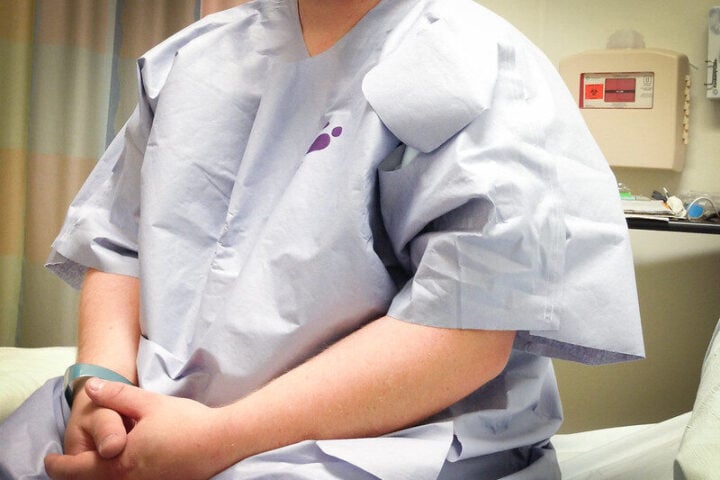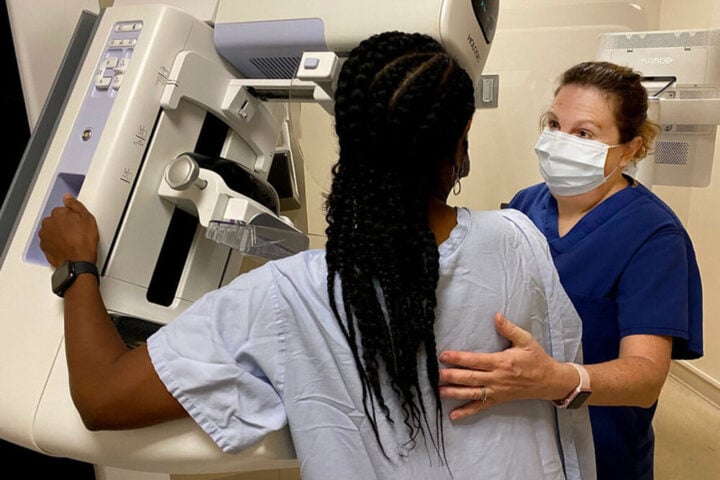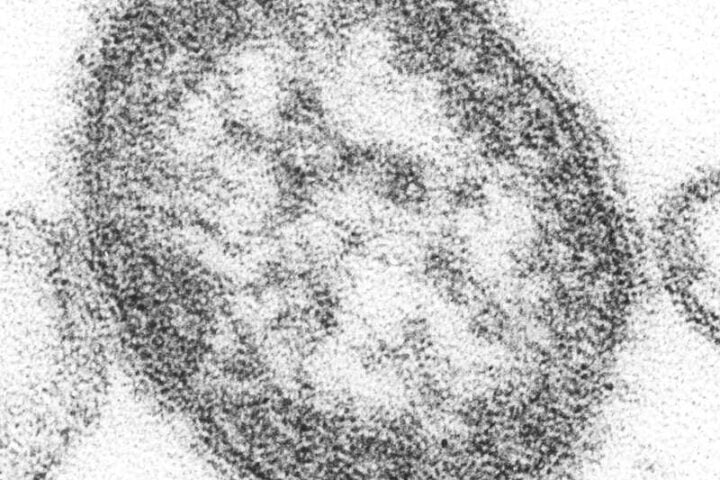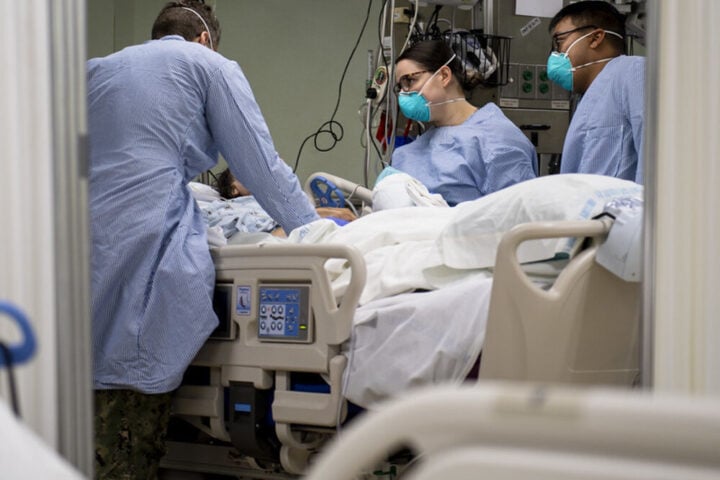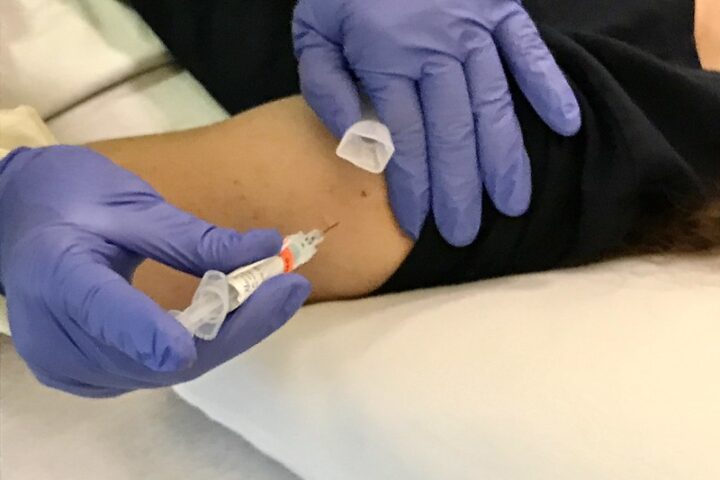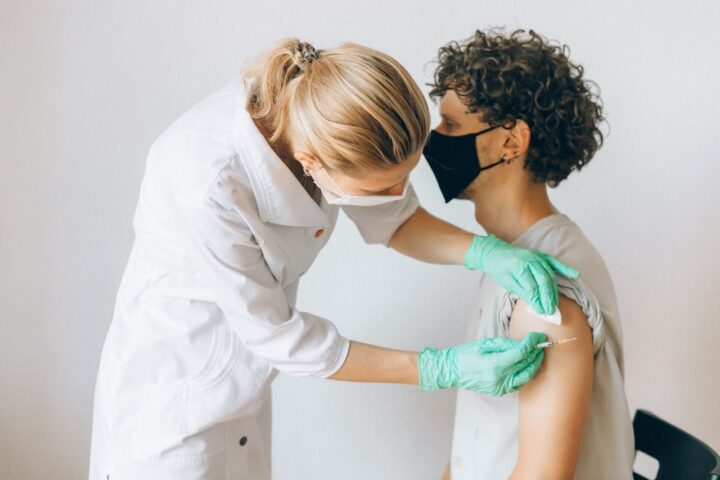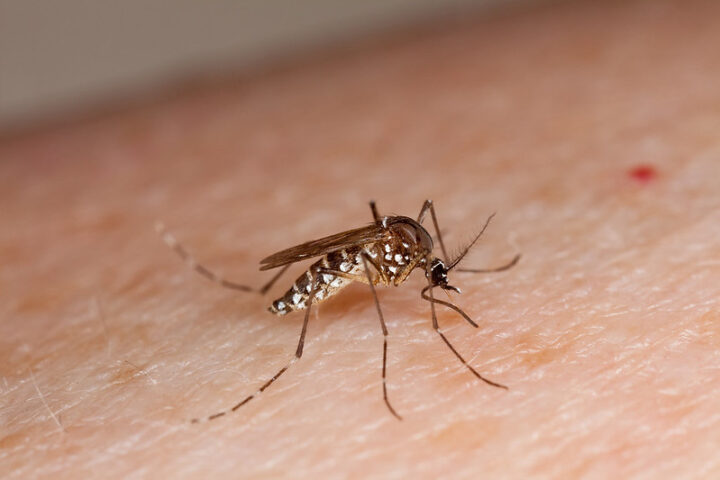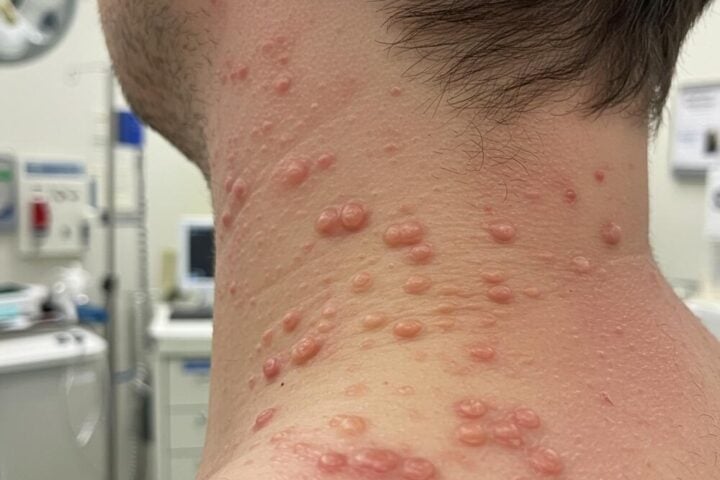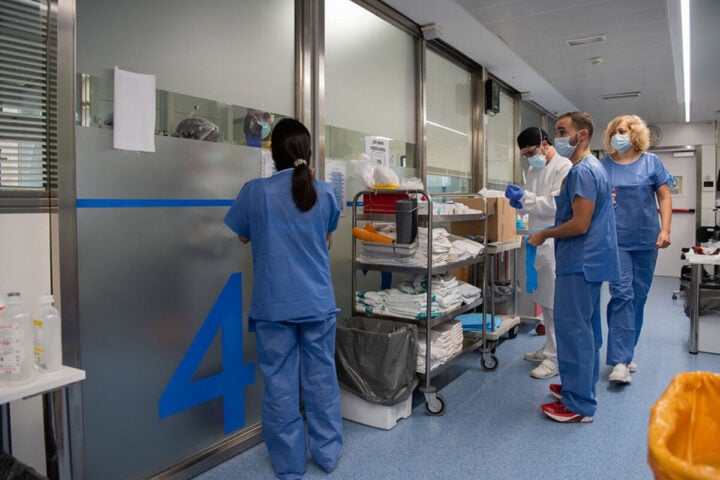As of April 11, 2025, Texas is battling a significant measles outbreak that has now reached 541 confirmed cases since late January, with 36 new cases reported in just the last three days. The outbreak is largely centered in West Texas, with Gaines County reporting 355 cases—over 65% of the state’s total.
The outbreak has claimed the lives of two unvaccinated school-aged children who had no known underlying health conditions, according to the Texas Department of State Health Services (DSHS). In total, 56 people have been hospitalized during this outbreak.
Where the Outbreak is Spreading
Ten counties in Texas have been designated as outbreak counties with ongoing measles transmission: Cochran, Dallam, Dawson, Gaines, Garza, Lynn, Lamar, Lubbock, Terry, and Yoakum. After Gaines County, the highest numbers of cases are in Terry County (47) and Lubbock County (38).
The outbreak has also spread beyond West Texas, with El Paso County reporting three cases despite being geographically distant from the outbreak’s epicenter. Cases in North Texas include six in the Paris-Lamar County area and one in Rockwall County.
Who’s Being Affected
Children have been hit hardest by this outbreak. Of the confirmed cases:
- 171 are children aged 0-4 years
- 203 are children aged 5-17 years
- 143 are adults (18+ years)
- 24 cases have pending age classification
The vaccination status of those infected tells a clear story: 530 of the 541 cases (97%) are in people who are either unvaccinated or have unknown vaccination status. Only four individuals had received one dose of the measles vaccine, and just seven were fully vaccinated with two or more doses.
National Impact
This Texas outbreak accounts for the majority of measles cases in the United States. The CDC reports 712 measles cases across 25 states as of April 10, 2025—more than double the total cases reported in all of 2024. There have been seven reported outbreaks (defined as three or more related cases) across the country this year.
Similar Posts
Why Measles Is Concerning
Measles is highly contagious. Infected individuals can spread the virus from four days before developing the characteristic rash until four days after the rash appears. The virus can remain infectious in the air for up to two hours after an infected person leaves the area.
Symptoms typically begin 7-14 days after infection and include:
- High fever (may spike above 104°F)
- Cough
- Runny nose
- Red, watery eyes
- Tiny white spots inside the mouth
- A red rash that starts on the face and spreads downward
Public Health Response
The DSHS is working with local health departments to investigate and control the outbreak. The CDC has deployed teams to West Texas to assist with the response.
Health officials continue to emphasize that vaccination is the most effective way to prevent measles spread. The CDC recommends two doses of the MMR (measles, mumps, rubella) vaccine—the first at 12-15 months of age and the second at 4-6 years of age.

For those who may have been exposed to measles, health officials advise:
- Staying home from work, school, and other group settings
- Isolating, especially if unvaccinated
- Calling a doctor before showing up to get tested
- Keeping unvaccinated children out of schools and childcare settings for at least 21 days from exposure
As the situation continues to evolve, public health officials remain vigilant in their efforts to contain this outbreak and prevent further spread.
Frequently Asked Questions
Measles spreads through respiratory droplets when an infected person coughs or sneezes. It’s extremely contagious because the virus can remain airborne for up to two hours after an infected person leaves the area. Someone with measles can spread the disease from four days before they develop the rash until four days after it appears. The virus has a high reproduction number (R₀) of 12-18, meaning one infected person can spread it to 12-18 others in a completely susceptible population.
The MMR (Measles, Mumps, Rubella) vaccine is highly effective. One dose is about 93% effective at preventing measles, while two doses are approximately 97% effective. The Texas outbreak data supports this efficacy—of the 541 cases, 530 were in unvaccinated people or those with unknown vaccination status. Only seven fully vaccinated individuals contracted measles, demonstrating the strong protection the vaccine provides.
Measles symptoms typically appear 7-14 days after infection and begin with high fever (potentially above 104°F), cough, runny nose, and red, watery eyes. Tiny white spots may appear inside the mouth 2-3 days after symptoms begin. A characteristic red rash usually appears 3-5 days after initial symptoms, starting on the face and spreading downward. You should call your doctor immediately if you or your child develops these symptoms, especially if you’ve been in an area with a known outbreak or have been exposed to someone with measles. Call before visiting the doctor’s office so they can prepare appropriately to prevent potential spread.
Children under 5 years of age, adults over 20, pregnant women, and people with weakened immune systems face the highest risk of serious complications from measles. Complications can include ear infections, diarrhea, pneumonia, encephalitis (brain inflammation), and in rare cases, death. The current Texas outbreak has resulted in two fatalities in unvaccinated school-aged children who had no underlying health conditions, showing that measles can be dangerous even to otherwise healthy individuals who lack vaccination protection.
If you’ve been exposed to measles and are unvaccinated, you should stay home from work, school, and other group settings, and isolate yourself to prevent potentially spreading the disease. Call your doctor before visiting their office to get tested, so they can take precautions. If you’ve never had measles or been vaccinated, getting the MMR vaccine within 72 hours of exposure may provide some protection or lessen the severity of the disease. Unvaccinated children should be kept out of schools and childcare settings for at least 21 days from exposure to a measles case.
The CDC recommends children receive two doses of the MMR vaccine. The first dose should be given at 12-15 months of age, and the second dose at 4-6 years of age, before starting kindergarten. Children can receive the second dose earlier, as long as it’s at least 28 days after the first dose. During measles outbreaks, infants 6-11 months old may be recommended to receive an early dose of MMR vaccine for temporary protection, followed by the regular two-dose schedule. Talk to your doctor about the appropriate vaccination schedule for your child.

![Representative Image: European Starling [49/366]. Photo Source: Tim Sackton (CC BY-SA 2.0)](https://www.karmactive.com/wp-content/uploads/2025/04/Starlings-Drop-82-in-UK-Gardens-as-Birdwatch-2025-Reveals-Record-Low-Count-Since-1979.jpg)

